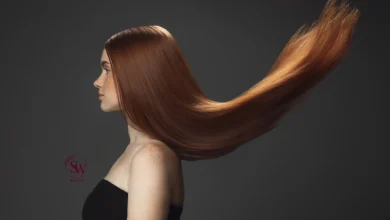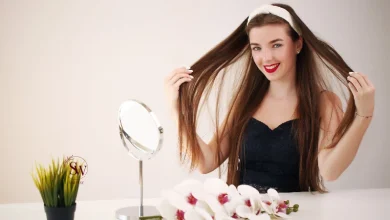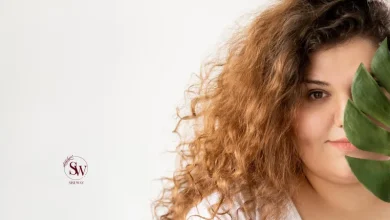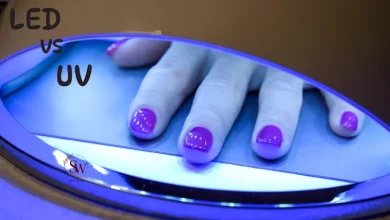Are UV Lamps Safe for Nails?
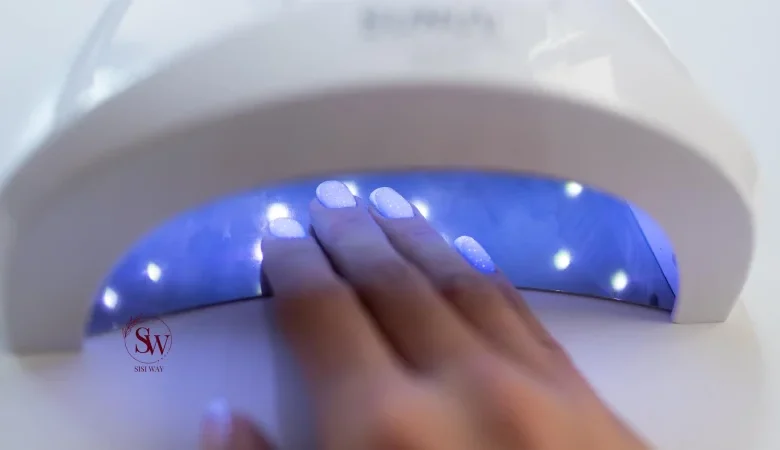
Are UV Lights Safe for Nails?
In recent years, the popularity of gel manicures has soared, and with it, concerns about the safety of UV lamps used in nail salons. UV lamps are an integral part of the gel nail curing process, but questions continue to arise regarding their potential health risks. In this article, we will explore the topic in detail, separating fact from fiction to help you make an informed decision about UV lamps and your nail care routine.
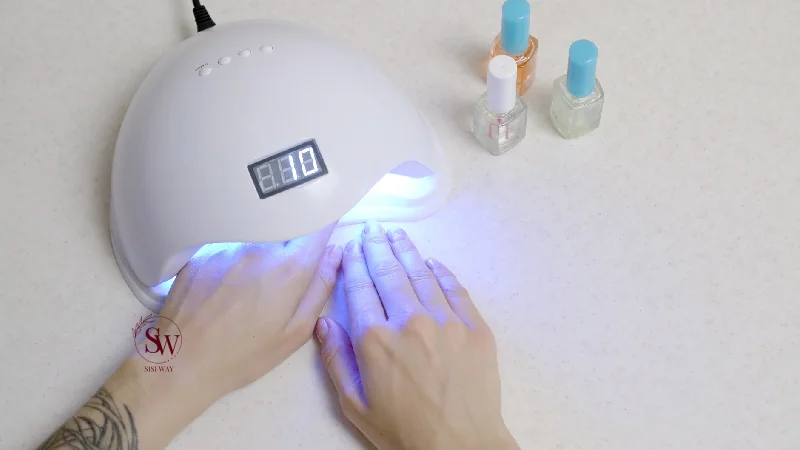
Understanding UV Lamps and Gel Manicures:
UV lamps are used in nail salons during gel manicures to cure and harden gel nail polish. These lamps emit ultraviolet (UV) radiation, specifically UVA rays, which help to initiate a chemical reaction that dries and hardens the gel polish. This process enables a longer-lasting manicure compared to traditional nail polish.
Also read: How Do I Strengthen My Nails?
Myths and Misconceptions:
- Myth: UV lamps used during gel manicures are as harmful as tanning beds.
Fact: UV lamps used in nail salons emit UVA rays, while tanning beds emit a combination of UVA and UVB rays. UVB rays have shorter wavelengths and higher energy levels, making them more intense and more likely to cause immediate skin damage, such as sunburns. UVA rays, on the other hand, have longer wavelengths and lower energy levels.
Tanning beds are known to emit higher levels of both UVA and UVB rays, which can lead to an increased risk of skin cancer and premature aging of the skin. Prolonged and repeated exposure to these rays is a concern, especially when it comes to tanning bed usage.
UV lamps used during gel manicures primarily emit UVA rays, and the exposure time is significantly shorter compared to tanning beds. During a gel manicure, the exposure time to UV lamps is typically a few minutes or less, while tanning bed sessions can last for much longer periods.
- Myth: Frequent exposure to UV lamps can lead to skin cancer.
Fact: UV lamps used in nail salons emit UVA rays, which can penetrate the skin and potentially cause damage at a cellular level. Prolonged or frequent exposure to UVA radiation can contribute to the development of skin cancer over time.
While the risk of developing skin cancer from UV lamps used during gel manicures is generally considered to be low, it’s important to note that cumulative exposure to UV radiation is a known risk factor for skin cancer. Frequent or long-term exposure to UV radiation, whether from the sun or artificial sources like UV lamps, can increase the risk of skin cancer, including both non-melanoma and melanoma types.
It’s worth mentioning that the risk of skin cancer is influenced by various factors, including individual susceptibility, genetic predisposition, skin type, and overall sun exposure history. People with a family history of skin cancer, fair skin, a history of sunburns, or a weakened immune system may have a higher risk of developing skin cancer from UV exposure.
Read more: Can Nail Polish Cause Cancer?
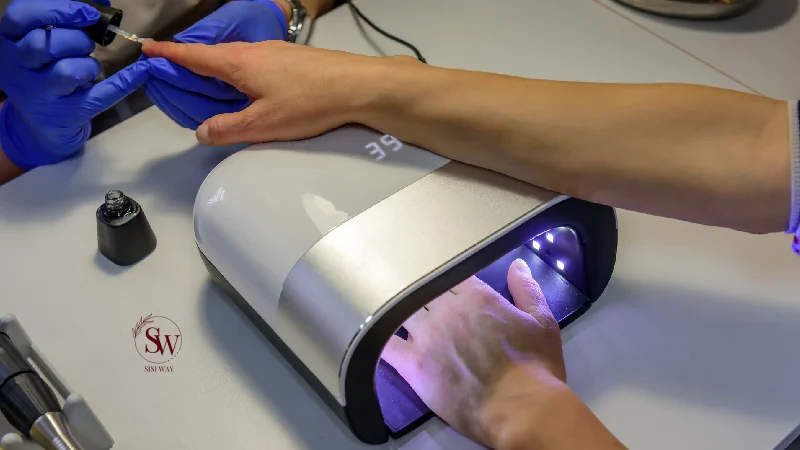
- Myth: UV lamps cause premature aging of the hands.
Fact: UV lamps used in nail salons emit UVA rays, which can penetrate the skin and contribute to the breakdown of collagen and elastin fibers. Collagen and elastin are proteins responsible for maintaining the skin’s elasticity and firmness. Over time, the cumulative effect of UVA exposure can lead to the development of premature aging signs on the hands, such as:
- Wrinkles and fine lines: UVA rays can damage the collagen and elastin fibers in the skin, causing the skin to lose its elasticity and resulting in the formation of wrinkles and fine lines.
- Age spots or sunspots: UVA rays can stimulate the production of melanin, the pigment responsible for skin color. Prolonged or frequent exposure to UVA radiation can lead to the development of age spots or sunspots, which are darker patches of skin that typically appear on areas exposed to the sun, including the hands.
- Dryness and rough texture: UVA rays can also deplete the skin’s natural moisture and lipid barrier, leading to dryness and a rough texture on the hands.
It’s important to note that the effects of UV exposure on premature aging can be cumulative and may take years to become noticeable. The risk of premature aging is influenced by various factors, including the intensity and duration of UV exposure, individual susceptibility, skin type, and overall sun exposure history.
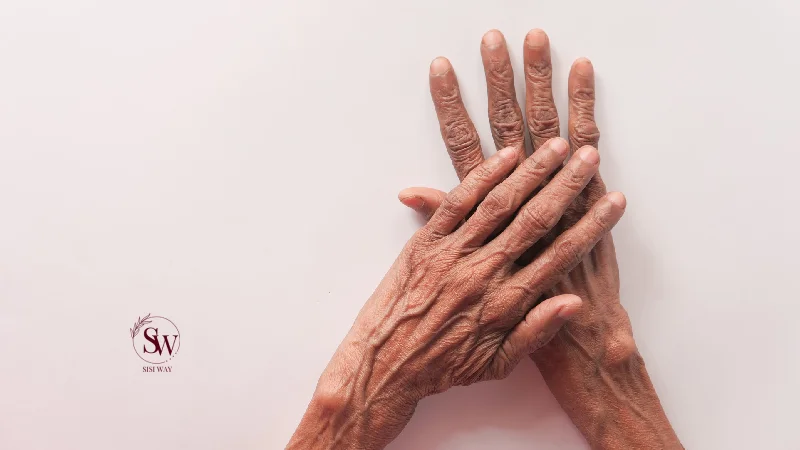
How to Protect Hands from UV Lamp?
UV lamps are commonly used in nail salons during gel manicures to cure and dry the nail polish. While these lamps are generally considered safe when used in moderation, it’s important to take precautions to protect your hands from the potential harmful effects of UV radiation. UV radiation can contribute to skin damage, premature aging, and an increased risk of skin cancer. In this article, we will discuss effective ways to protect your hands from UV lamp exposure, ensuring both the beauty and health of your skin. By following these tips, you can enjoy your gel manicures while minimizing the risks associated with UV radiation.
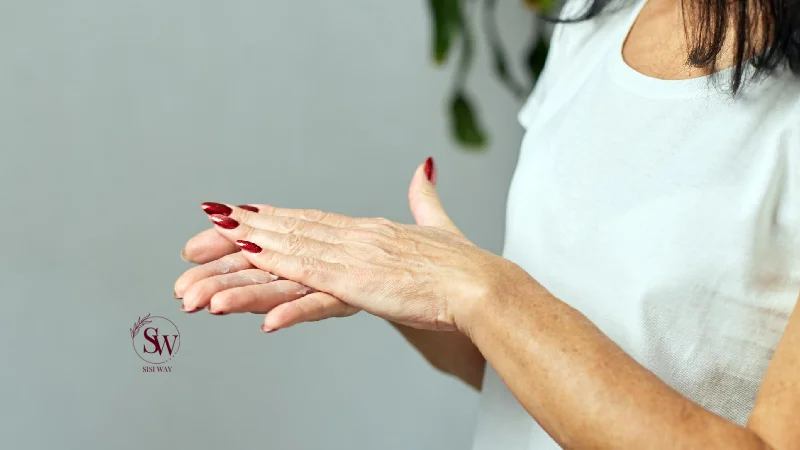
-
Limit Exposure Time:
To minimize potential risks, it is advisable to limit your exposure to UV lamps during gel manicures. Most curing sessions last between 30 seconds to 2 minutes per coat, depending on the brand of gel polish used. Following the recommended exposure times can help reduce unnecessary exposure.
-
Apply Sunscreen:
Applying a broad-spectrum sunscreen with an SPF of 30 or higher to your hands and fingers before a gel manicure can provide an extra layer of protection against UVA rays.
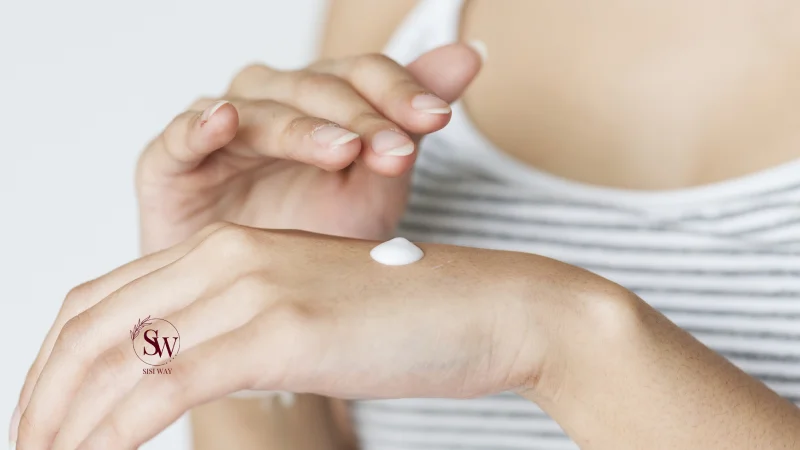
-
Consider LED Lamps:
LED lamps are an alternative to traditional UV lamps. They emit lower levels of UVA rays and cure gel polish faster, reducing overall exposure time. Consult with your nail technician or salon to see if LED lamps are available.
-
Hand Hygiene and Moisturization:
Maintaining proper hand hygiene and moisturizing your hands regularly can help minimize the potential drying effects of gel manicures.
-
Use Protective Gloves:
Wearing fingerless gloves that cover your hands and fingers during the gel curing process can provide an extra layer of protection. These gloves are specifically designed to block UVA rays while allowing your nails to cure effectively. They can be easily found online or at beauty supply stores.
-
Maintain Proper Ventilation:
Nail salons can sometimes have poor ventilation, leading to an accumulation of potentially harmful fumes. To reduce your exposure to these chemicals, ensure that the salon you visit has proper ventilation systems in place. Adequate airflow can help dissipate any fumes emitted during the gel curing process, creating a safer environment for both customers and technicians.
7. Consider Natural Nail Care Alternatives:
If you are still concerned about the potential risks associated with UV lamps, you may opt for natural nail care alternatives. Regular nail polish, which does not require curing under UV lamps, can provide an excellent alternative for those who prefer to avoid UV exposure altogether. There are also non-UV gel polishes available that can be cured with LED lamps, which emit lower levels of UVA radiation.
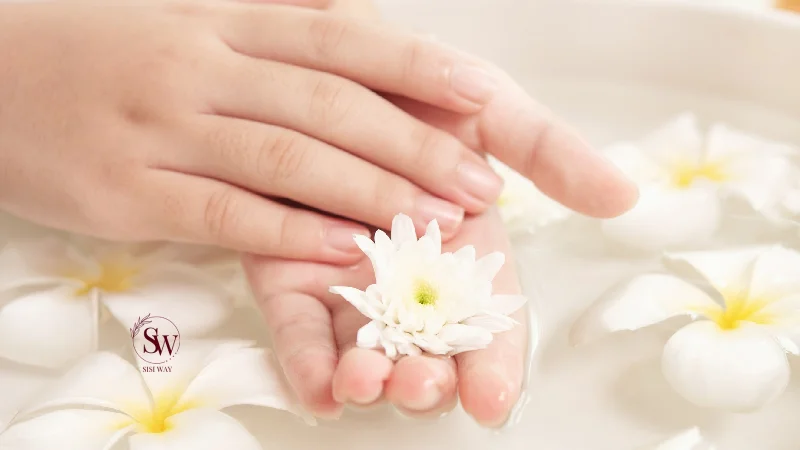
How Often Can you Use a UV Lamp for Gel Nails?
The frequency of using a UV lamp for gel nails can vary depending on several factors, including the condition of your nails, the type of gel polish being used, and personal preference. However, it’s generally recommended to follow the guidelines provided by the gel polish manufacturer and exercise moderation to minimize potential risks.
Most gel polish manufacturers suggest curing each layer of gel polish for a specific amount of time under the UV lamp. Typically, this ranges from 30 to 120 seconds per layer. It’s important to adhere to these recommended curing times to ensure the proper application and longevity of the gel manicure.
As for the frequency of gel nail applications, it’s generally advisable to allow a break between gel manicures to give your nails a chance to breathe and recover. This break can vary depending on the individual, but a common recommendation is to have a break of at least a week between gel manicures.
Overusing UV lamps for gel nails without adequate breaks may increase the risk of potential harm, such as nail damage, dehydration, or weakening of the nail plate. It’s essential to strike a balance and not excessively expose your nails to UV radiation.
If you’re concerned about the frequency of UV lamp usage or its potential effects on your nails, it’s always best to consult with a nail technician or a dermatologist. They can provide personalized advice based on your specific nail health and individual circumstances.
FAQ
- Are UV lamps safe for nails?
UV lamps used in nail salons are generally considered safe when used properly and in moderation. Following the manufacturer’s guidelines for exposure times and using protective measures, such as applying sunscreen or wearing fingerless gloves, can help minimize potential risks.
- Can UV lamps damage nails?
Excessive or improper use of UV lamps can potentially lead to nail damage, such as brittleness, thinning, or dehydration. It’s important to follow the recommended curing times and allow breaks between gel manicures to give the nails a chance to recover.
- Are there alternatives to UV lamps for gel nails?
Yes, there are alternatives to UV lamps for gel nails. LED lamps emit lower levels of UV radiation and are considered safer. LED-curable gel polishes are also available, which require a shorter curing time under LED lamps. LED lamps are often recommended for individuals with concerns about UV exposure.
Conclusion:
UV lamps used during gel manicures pose minimal risks when used responsibly and for the recommended exposure times. The short duration of exposure, coupled with the differences in UV radiation compared to tanning beds, makes the risks of UV lamps significantly lower. By following safety measures such as limiting exposure time, applying sunscreen, and considering LED lamps, you can enjoy the benefits of gel manicures while minimizing any potential risks. As with any beauty treatment, moderation and proper precautions are key to maintaining healthy nails and skin.
Also read: Top 10 Nail Polish Brands
